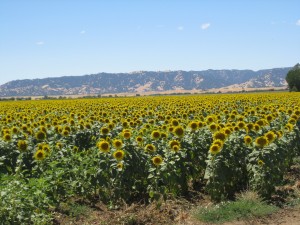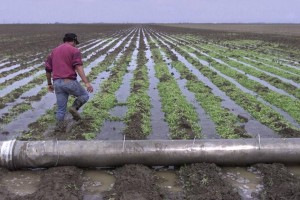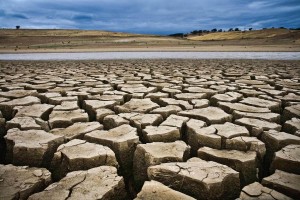
Note – CDFA is a collaborative partner in an effort to meet a mid-term greenhouse gas reduction reduction target for California of 40 percent below 1990 levels by 2030. CDFA is joining with the following agencies: Business, Consumer Services and Housing Agency, California Environmental Protection Agency, California Natural Resources Agency, California State Transportation Agency, California Health and Human Services Agency, California Department of Food and Agriculture, the Strategic Growth Council, and the Governor’s Office of Planning and Research.
Land use decisions, including development patterns, land conservation and protection, and land management practices, play a critical role in the State’s future and achievement of its long-term community health, environmental, and economic goals. This vision, and set of actions included to realize it, is the result of a collaborative dialogue and a shared desire to better consider land use in State climate change programs and other initiatives that support the State’s long-term environmental goals.
Vision
As the State works toward its 2030 and 2050 climate change goals, its land base, including natural, working, and developed areas, is recognized as foundational and integral to the State’s climate policy, economy, and quality of life. As such, the State plays a meaningful and impactful role in shaping the future communities and landscapes of California. Because of the pivotal role of land use in the State’s environmental, economic, health, and related policies, California is taking action to grow in a manner that assures:
• Development and conservation investments and decisions focus on building social equity and supporting thriving and healthy communities with improved access to and supply of affordable housing, transportation alternatives, open space and outdoor recreational opportunities, affordable healthy foods, living-wage jobs, social support, and economic and educational opportunities;
• The land base, including natural, working, and developed areas, is a foundational element of the State’s strategy to meet GHG emission reduction targets. This importance is further recognized in other land, energy, and climate change policy documents and decisions, including State, local, and regional planning and investments;
• Land is protected, managed, and developed in a manner that maximizes resilient carbon storage, food security, and other ecological, economic, and health objectives. Natural and working lands are used to build resilience in natural, built, and social systems, and provide buffers against changing climate conditions that will allow for flexible adaptation pathways;
• New development and infrastructure are built primarily in locations with existing infrastructure, services, and amenities (i.e., previously-developed locations), rather than greenfield locations; and
• The value of ecosystem services conferred by natural systems are accounted for and included in State, local, and regional planning and investment decisions, resulting in protection of these services and California’s globally significant biodiversity.
This document was developed with the recognition that land use decisions are inherently difficult decisions that require consideration of many conflicts and tradeoffs, and balancing the needs of many constituencies, including disadvantaged communities, businesses, local agencies, developers, and landowners.
This document is not intended to reconcile these issues or to remove them from the domain of local governments. Rather, this document is intended to consider land use in the context of the California’s climate change policy and how the State can support actions, at all levels of government, to facilitate development and conservation patterns that help to achieve the State’s climate goals.
Public comments are welcome and may be directed to ca.50m@opr.ca.gov
Link to draft report










